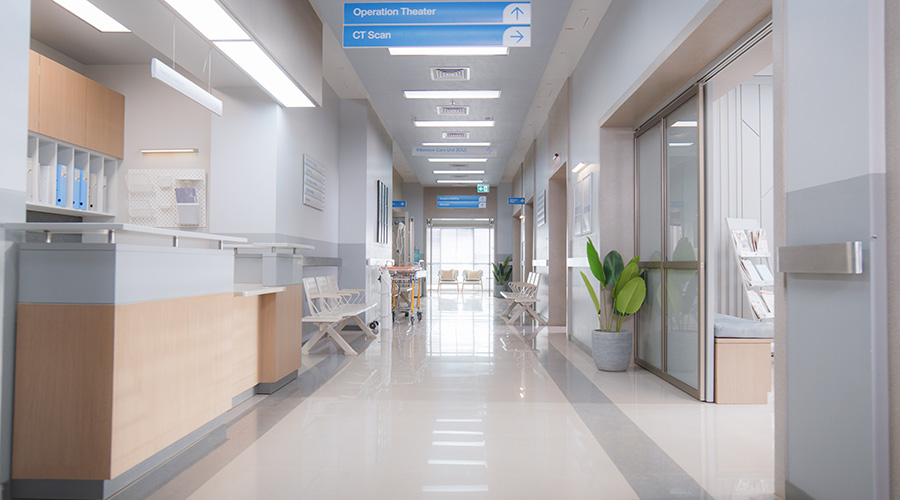Environmental Protection Agency discovered carbapenem-resistant enterobacteriaceae (CRE) in a Southern California treatment plant, suggesting that hospitals are releasing CRE into municipal sewers, according to an article on the Los Angeles Times website.
EPA scientists did not test treated wastewater flowing out of the plant to determine whether it still contained CRE, or carbapenem-resistant enterobacteriaceae. But a growing number of studies show sewage plants can't kill the superbugs.
Instead the facilities serve as "a luxury hotel" for drug-resistant bacteria, a place where they thrive and grow stronger, said Pedro Alvarez, a professor of environmental engineering at Rice University, one of the scientists studying the problem, the article said.
The fear is that healthy people otherwise not at risk from the bacteria — including swimmers at the beach — could be infected.

 What to Consider When Modernizing Healthcare Facilities
What to Consider When Modernizing Healthcare Facilities Corewell Health Beaumont Troy Hospital to Build New Tower
Corewell Health Beaumont Troy Hospital to Build New Tower LifeBridge Health Entangled in Oracle Health Data Breach
LifeBridge Health Entangled in Oracle Health Data Breach Building Disaster Resilience Through Collaboration
Building Disaster Resilience Through Collaboration Tampa General Hospital Acquires 53-Acre Property in Citrus Hills
Tampa General Hospital Acquires 53-Acre Property in Citrus Hills